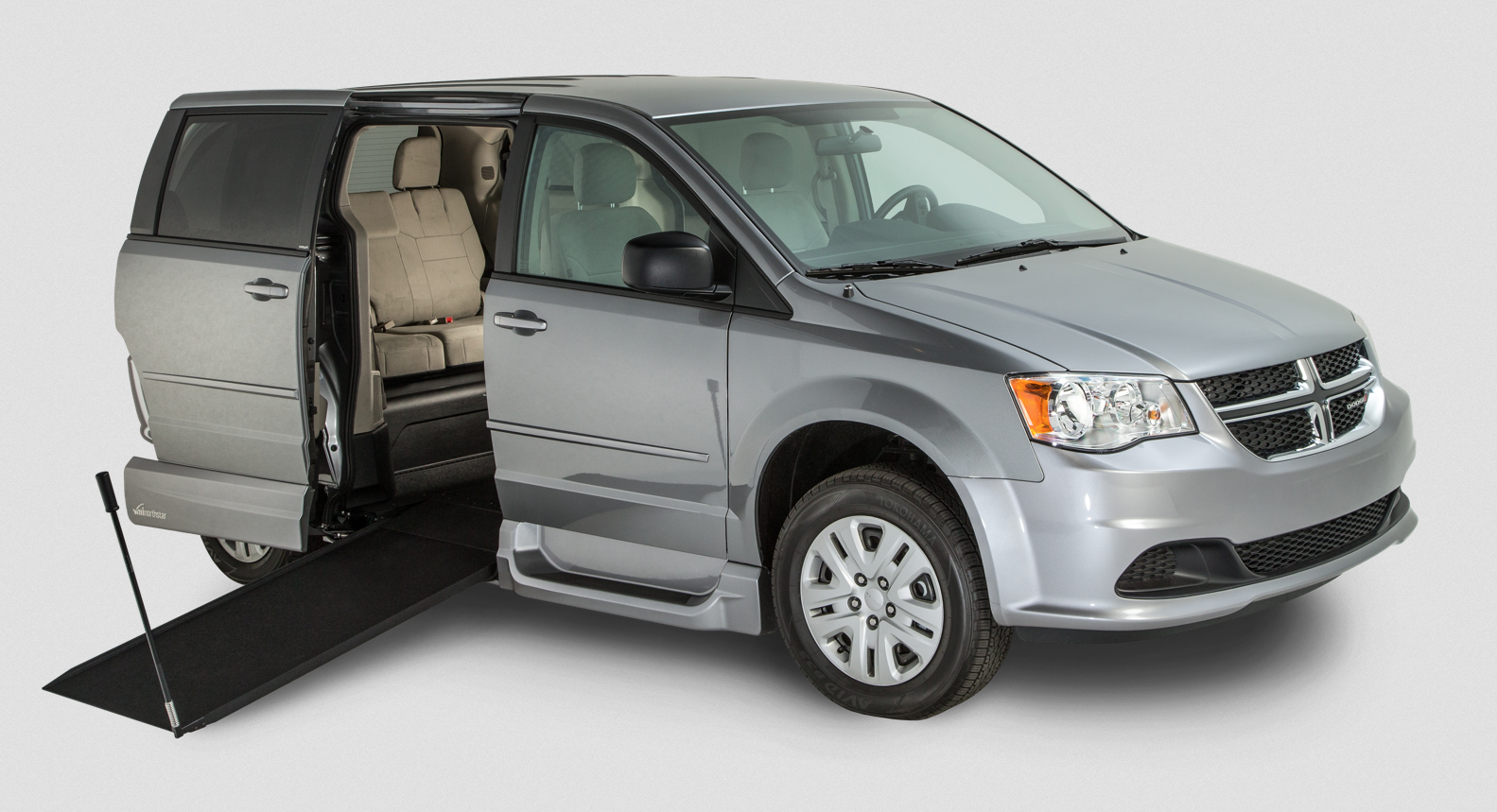On Wednesday the de Blasio administration approved a 30-cent surcharge on all yellow and street-hail livery taxi rides as part of a plan to make half of New York’s yellow cabs wheelchair accessible by 2020.
The board of the city’s Taxi and Limousine Commission unanimously approved the rule change to the cheers of several wheelchair users assembled at a hearing inside the commission’s headquarters in Lower Manhattan.
The new surcharge will take effect next year, with the added revenue financing the conversion of yellow cabs to wheelchair-accessible vehicles, which are typically more expensive, beginning in 2016. A lottery system will determine which medallion holders will convert their vehicles first.
Five cents of the surcharge will be set aside to help offset additional fuel costs for drivers and to provide training on how to assist disabled passengers.
Presiding over her first meeting as taxi commissioner, Meera Joshi, whom Mayor Bill de Blasio nominated in March, said that the issue of accessibility had “paralyzed the agency for years.”
“Today, we’ve moved beyond arguing over the mechanics of how,” she said as she cast her vote, “and are taking action toward the greater goal: equalizing access for our iconic taxi system.”
The new rule was the result of a class-action lawsuit that argued that the city was violating the Americans With Disabilities Act because only about 230 of New York’s more than 13,000 yellow cabs were accessible to wheelchair users. (Another 175 wheelchair-accessible cabs have since been added.)
Late last year, the departing Bloomberg administration said it had settled the suit, agreeing to make half the fleet accessible by 2020, but it was unclear how the plan would be paid for.
In March, the de Blasio administration announced the proposed surcharge.
The plan has its critics. Bhairavi Desai, the executive director of the New York Taxi Workers Alliance, said that while the group supported the introduction of more wheelchair-accessible cabs, the surcharge amounted to “a slush fund” for fleet operators.
“The meter is sacred for taxi drivers,” Ms. Desai said. “We believe it should be preserved for driver income and not for anything else.”
Some elected officials and industry groups have suggested the changes do not go far enough, calling for a fully wheelchair-accessible fleet for yellow taxis and improvements among for-hire vehicles.
Though the surcharge will also apply to green cabs, which operate in northern Manhattan and the other boroughs, it will not be used to make more livery cabs wheelchair accessible. As part of a separate plan, 20 percent of green taxis are required to be wheelchair accessible.
For many attendees at the hearing, though, Wednesday’s vote represented a hard-won victory.
One wheelchair user, Ronnie Ellen Raymond, testified that the conversion of half the fleet — about 7,500 yellow cabs, by the time the changes are complete — would “significantly change my life.”
“I’m no longer relegated to stay home or to spend hours, literally, trying to get somewhere that takes everybody else 20 minutes — always arriving late, anxious and angry,” she said, her voice cracking. “I want to have a life that is meaningful, affordable and achievable.”


